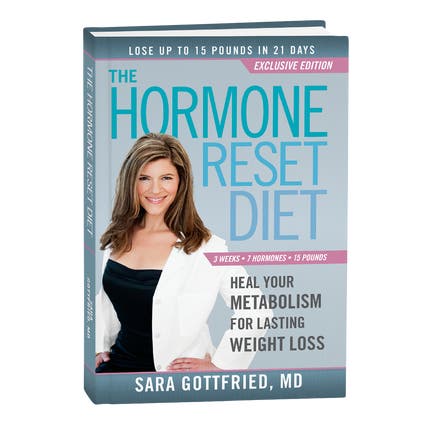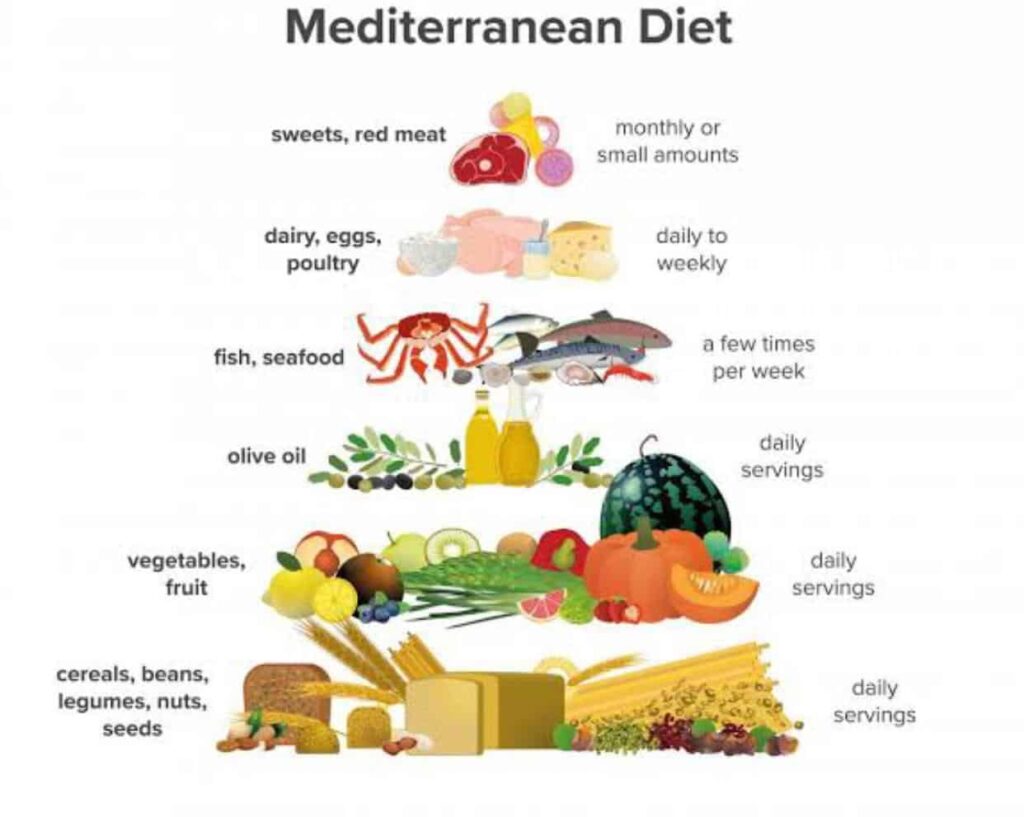
The American Heart Association recommends following a diet that is low in fat and high in vegetables. A few of these ingredients, along with animal fat from meat, can cause plaque to build up in the arteries and veins. Fried foods and other nutrient-poor meals can increase the likelihood of developing heart disease. Heart disease patients should avoid high levels of trans fats and sodium, and limit their intake of animal fats.
The American Heart Association's recommendations for healthy eating do not require drastic changes. Instead, it suggests eating a diet with more "good" foods and limiting the amount of "bad" ones. These guidelines suggest that people follow a low-fat and high-cholesterol diet, which is balanced with regular physical exercise. If you follow the American Heart Association's dietary suggestions, you can reduce your risk of heart disease by as much as 8%.

The diet provides very precise instructions for breakfast, lunch, dinner. Three ounces of lean meat, three ounces vegetables, and one egg are the first day's menu. The second day's diet includes toast with five saltine crackers along with 1 cup cottage cheese. You can expect to see a dramatic improvement in your blood pressure and heart health if you follow the guidelines. The AHA suggests limiting the amount of sugar added to a meal to one teaspoon.
The AHA recommends eating more fruits and veggies than you would normally, despite the fact that the AHA has broad recommendations. For example, dark green and deep orange fruits, such as spinach, carrots, and peaches, should be included in your daily diet. To make sure that products are heart-friendly, look out for those with the "Heart Check” mark. Smoking secondhand can increase your risk of developing heart disease.
American Heart Association recommends that you eat more fruits and veggies and limit saturated fats. This diet is low calories and high in saturated oil. AHA has reviewed all available research and developed its recommendations. These guidelines will help you to achieve good heart health. Modifying the diet can make it easier to follow. AHA also has made some adjustments to its dietary guidelines. For instance, someone may need to consume more fruits and veggies than they would normally.

According to the American Heart Association, limiting saturated fat to between 5% and 6% of daily calories is a good way to maintain heart health. This amounts to about 13 grams of saturated oil per day. A balanced diet should also include lean protein and a wide variety of fruits and vegetables. As it contains high amounts of sodium, alcohol should not be consumed more than once or twice a day. You should ensure that you are getting your daily intake of antioxidants.
FAQ
What's the difference of a calorie versus a Kilocalorie?
Calories refer to units that are used for measuring the energy in food. Calories is the unit of measurement. One calorie represents the energy required to raise one gram of water's temperature by one degree Celsius.
Kilocalories refer to calories in another term. Kilocalories are measured in thousandths of a calorie. 1000 calories are equal to one kilocalorie.
What is the difference of a virus from a bacteria?
A virus can be described as a microscopic organism that cannot reproduce in another cell. A bacterium, a single-celled organism, reproduces by splitting into two. Viruses are very small (about 20 nanometers) while bacteria are larger (up to 1 micron).
Viruses are usually spread through contact with infected bodily fluids, including saliva, urine, semen, vaginal secretions, pus, and feces. Bacteria are usually spread through direct contact with contaminated objects or surfaces.
Viruses may enter the body through cuts, scrapes. bites, or any other break in the skin. They can also enter the body through the mouth, nose, eyes and ears, vaginal, rectum or anus.
Bacteria may enter our bodies through cuts and scrapes on our skin, burns, insect bites, and other wounds. They can also get into our bodies via food, water or soil.
Both viruses and bacteria can cause illness. Viruses can not multiply within the host. They infect only living cells, causing illness.
Bacteria can spread within the host and cause illness. They can spread to other parts of our bodies. To kill them, we must use antibiotics.
Which diet is best for me?
Your age, gender, body type, and lifestyle choices will all impact the best diet. It is also important to think about how much energy you use during exercise and whether you like low-calorie foods.
Intermittent fasting may be a good choice if you want to lose weight. Intermittent fasting involves consuming only specific meals throughout the day, rather than having three large meals. This approach may prove to be more beneficial than traditional diets that have daily calorie counts.
Intermittent fasting is believed to increase insulin sensitivity. It may also reduce inflammation. This may lead to a decrease in diabetes risk and blood sugar levels. Some research also suggests that intermittent fasting might promote fat loss, and improve overall body composition.
Why is it important that we live a healthy and happy life?
Healthy lifestyles lead to happier and longer lives. A healthy diet, regular exercise, good sleep habits, and stress management will help prevent diseases like heart disease, diabetes, cancer, and stroke.
A healthy lifestyle will also improve our mental health by helping us cope better with everyday stresses. Healthy living will boost self-confidence and make you look and feel younger.
Statistics
- In both adults and children, the intake of free sugars should be reduced to less than 10% of total energy intake. (who.int)
- WHO recommends reducing saturated fats to less than 10% of total energy intake; reducing trans-fats to less than 1% of total energy intake; and replacing both saturated fats and trans-fats to unsaturated fats. (who.int)
- This article received 11 testimonials and 86% of readers who voted found it helpful, earning it our reader-approved status. (wikihow.com)
- nutrients.[17]X Research sourceWhole grains to try include: 100% whole wheat pasta and bread, brown rice, whole grain oats, farro, millet, quinoa, and barley. (wikihow.com)
External Links
How To
How to keep your body healthy
This project was designed to offer some helpful suggestions to help you keep your body in good health. The first step towards maintaining health is to understand what you should do to maintain your health. To do this, we needed to discover what is best for our bodies. Then, we looked at all the ways people tried to improve health. We discovered many things that could benefit us. We came up with some tips and tricks that would help us live longer, healthier lives.
We started off by looking at the different types of food that we eat. We found that some foods are harmful and others are good for us. We now know that sugar can be dangerous because it can cause weight gain. But fruits and vegetables are good because they provide vitamins and minerals essential to our bodies.
Next, we discussed exercise. Exercise is good for our bodies and gives us energy. It makes us feel happy. There are many different exercises we can do. You can do many things like running, swimming, dancing and lifting weights. Yoga is another way to improve your strength. Yoga is an excellent exercise because it improves flexibility and breathing. You should not eat too many junk foods and drink lots water if you are looking to lose weight.
Last but not least, we discussed sleep. Sleep is an essential part of our daily lives. Insufficient sleep can cause fatigue and stress. This leads to problems such as headaches, back pain, depression, heart disease, diabetes, and obesity. To stay healthy, it is important to get enough rest.